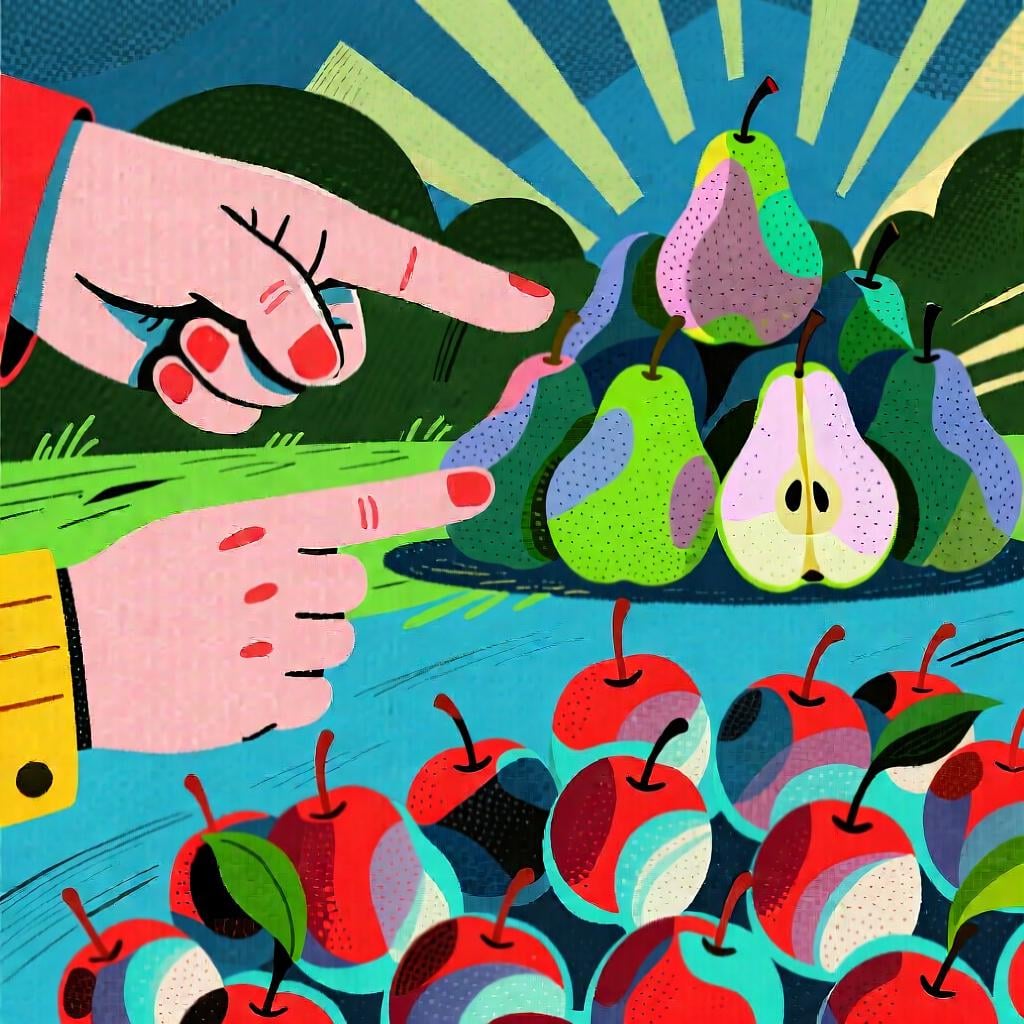esas
/EH-sahs/
those

Visualizing 'esas' pointing to feminine plural objects that are at a middle distance, closer to the person being addressed.
📝 In Action
¿Me pasas esas llaves, por favor?
A1Can you pass me those keys, please?
Esas chicas de allá son mis primas.
A1Those girls over there are my cousins.
No estoy de acuerdo con esas ideas.
A2I don't agree with those ideas.
💡 Grammar Points
Pointing Out Feminine Things
Use 'esas' right before a feminine, plural noun (like 'casas' or 'sillas') to point out 'those' specific things. It always has to match the noun it describes.
Where Are 'Those' Things?
'Esas' points to things that are a bit far from you, the speaker. Think of them as being closer to the person you're talking to, or just somewhere in the middle distance.
❌ Common Pitfalls
Mixing up 'esas' and 'aquellas'
Mistake: "Me gustan esas montañas en el horizonte."
Correction: Me gustan aquellas montañas en el horizonte. Use 'aquellas' for things that are very far from both you and the listener. 'Esas' is for things in the middle distance.
⭐ Usage Tips
Think 'Near Your Friend'
A simple way to remember is: 'estas' is for things near you, 'esas' is for things near the person you're talking to, and 'aquellas' is for things far away from both of you.

'Esas' used as a pronoun, selecting a specific group of feminine items located at a moderate distance when compared to another group.
📝 In Action
De todas las flores, prefiero esas.
A2Of all the flowers, I prefer those.
—¿Qué sillas quieres? —Esas de ahí.
A2—Which chairs do you want? —Those ones over there.
Estas manzanas son rojas, pero esas son verdes.
A2These apples are red, but those are green.
💡 Grammar Points
Replacing Nouns to Sound Natural
Use 'esas' by itself to replace a feminine, plural noun you just mentioned. Instead of saying 'Me gustan esas casas,' you can just say 'Me gustan esas' if everyone knows you're talking about houses.
❌ Common Pitfalls
Adding an Accent Mark (Old Rule!)
Mistake: "Me gustan ésas."
Correction: Me gustan esas. A long time ago, you had to write an accent mark on 'ésas' when it replaced a noun. Good news! The rule has changed, and you no longer need the accent. It's always 'esas'.
⭐ Usage Tips
Answering 'Which ones?'
'Esas' is the perfect answer to a question like '¿Cuáles?' (Which ones?). If someone asks '¿Qué camisas te gustan?', you can simply point and say 'Esas'.
✏️ Quick Practice
💡 Quick Quiz: esas
Question 1 of 1
You're talking to a friend at a clothing store. You want to point out some shirts that are near your friend, but not near you. Which sentence is correct?
📚 More Resources
Frequently Asked Questions
What's the real difference between 'esas' and 'aquellas'?
It's all about distance from the speakers. Use 'esas' for 'those' things that are a medium distance away (maybe near the person you're talking to). Use 'aquellas' for 'those' things that are very far away from both of you, like 'those mountains' in the distance.
Does 'esas' ever have an accent mark?
Not anymore! In older Spanish, people wrote 'ésas' with an accent when it was used by itself to replace a noun. However, the official rule now says you don't need the accent mark at all. So, it's always spelled 'esas'.